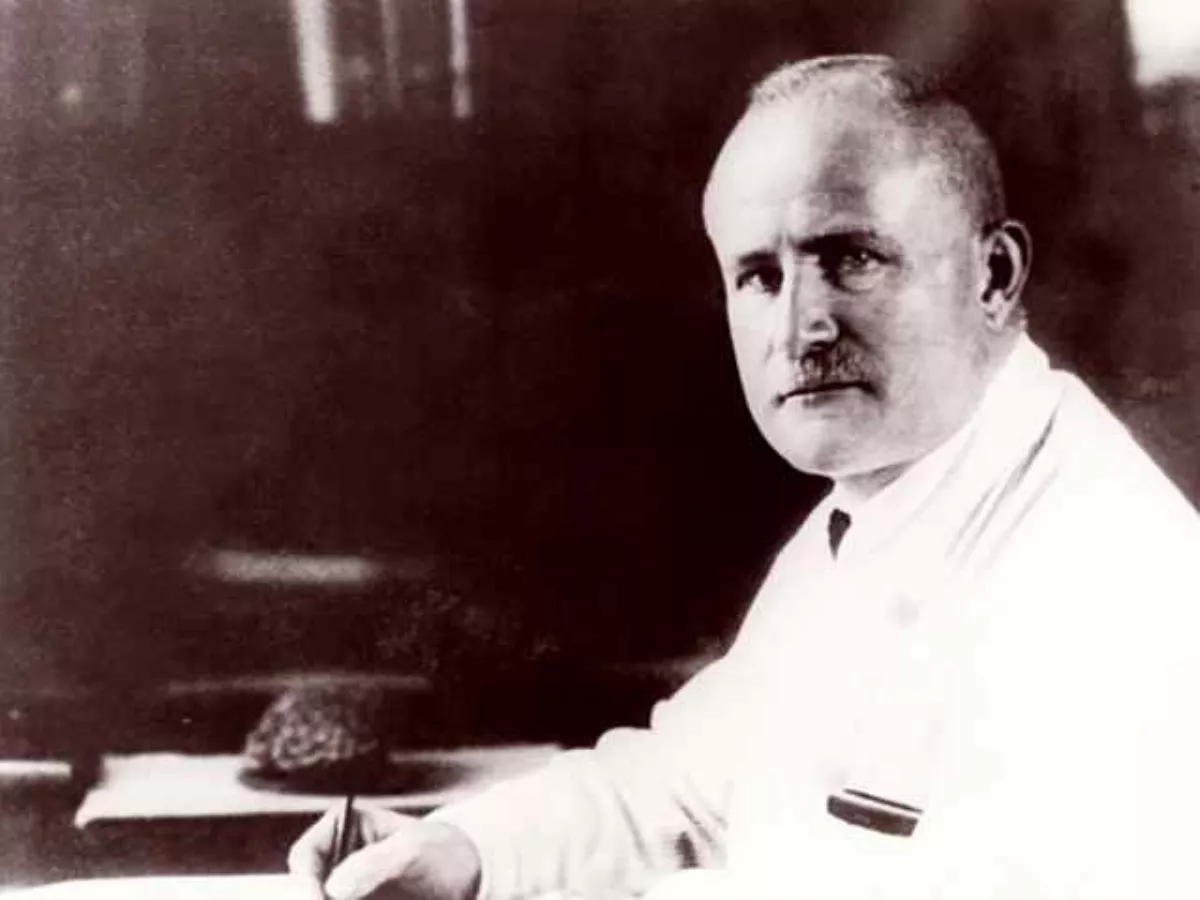 1.
1. Hans Berger is best known as the inventor of electroencephalography in 1924, which is a method used for recording the electrical activity of the brain, commonly described in terms of brainwaves, and as the discoverer of the alpha wave rhythm which is a type of brainwave.